We have thoroughly examined the role played by the Dashnaks in igniting mutual massacres and serving imperialist plans, leading our region to various disasters, especially in our books titled “The Armenian Issue in 150 Documents from Russian State Archives,” “The Adventure of Armenian Nationalism,” and “Turkish-Soviet Military Cooperation in the Caucasus (1919-1922).” We have displayed the collaborative, aggressive, chauvinist and adventurous character of the Dashnaks with according historic documents.
Among these documents, writings by Armenian communists hold an important place. Soviet Armenia in particular criticized harshly the Dashnak ideology and practice.
A similar approach can be seen in the cinema of Soviet-Armenia. We observe that the movies reflected the realities expressed in the documents. We have compiled Soviet-Armenian movies produced by Armenfilm Studios, that have that had the Dashnaks as main feature.
Zare (Zare), 1926
The film tells a love story set in a Kurdish tribe living under Tsarist rule at the foot of Mount Ararat during the beginning of World War I. It criticizes not only the Tsarist regime and tribal structure but also the Dashnak gangs. Amo Bek-Nazarov and Armenak Danielyan directed the 72-minute black and white silent film, with the screenplay by Bek-Nazarov.
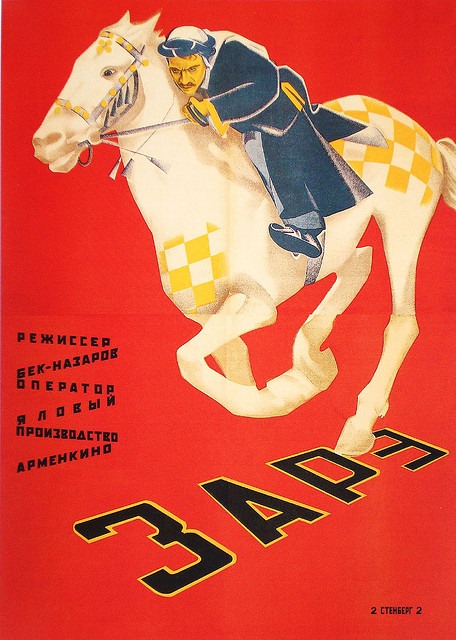
Mexican Diplomats (Meksikanskie Diplomatı), 1931
This political satire film takes place in the last days of Dashnak Armenia. The desperate Dashnak Ministry of Foreign Affairs employs two idle and unemployed men they find on the street to play the role of Mexican diplomats, parading them around to boost morale that has collapsed in diplomacy and on the military front. The 58-minute black-and-white movie mocks the Dashnaks’ foolishness with its dependence on the Allied Powers and reveals the cruelty of the Dashnak Mauserist Units.
The movie features elements of absurd comedy and is directed by Levon Kalantar and Amasiy Martirosyan. Ilya Chubar wrote the screenplay. Chubar was a member of the Dashnaksutyun Party before the October Revolution. Later, he joined the Bolsheviks and also served as Deputy People’s Commissar (Minister) of Education in Azerbaijan.
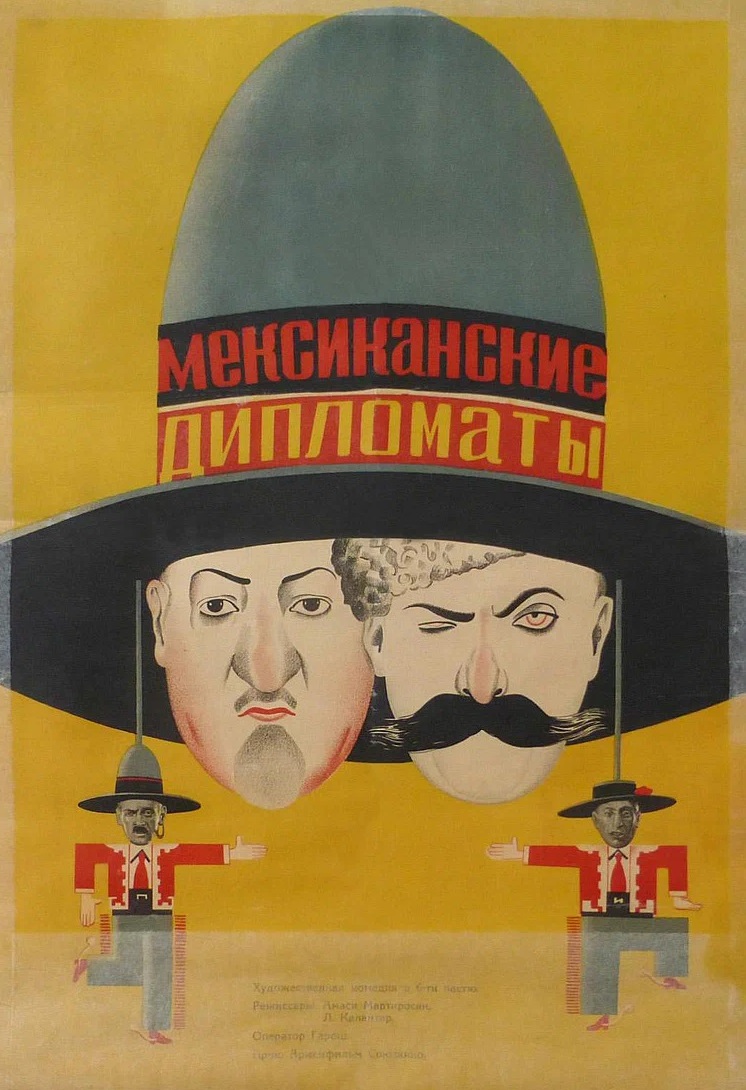
Two Nights (Dve Noçi), 1932
This film, again with a screenplay from Ilya Chubar, is about the Bolsheviks preparing for a rebellion in one of the Dashnak units in Armenia. Patvakan Barhudaryan directed the 67-minute black-and-white film.
Zengezur (Zangezur), 1938
The 89-minute sound black-and-white film takes place during the February Uprising of the Dashnaks, which we thoroughly examined in our book titled “Turkish-Soviet Military Cooperation in the Caucasus (1919-1922).” The Dashnaks started an insurgency in Yerevan against the Soviet power in Armenia on February 13, 1921. As a result of this uprising, the Dashnaks would occupy the capital and hold it for 45 days until April 2, 1921.
After the liberation of Yerevan, the last Dashnak unit is stationed in Zangezur. A professional revolutionary named Akopyan is sent to Zangezur to gather Bolshevik sympathizers in the region and to fight the Dashnaks and their British patrons. The movie deals with the events developing around Akopyan until the Red Army enters Zangezur.
In the film, while the Dashnaks’ bombastic nationalist slogans are criticized, it is seen that Dashnak supporters accuse the Bolsheviks of selling Armenia to the Turks. There is the following dialogue between Bolshevik Akopyan and the Dashnak leader:
“- We are fighting for Greater Armenia.
– Yes, from sea to sea. Yes, with the help of your Western friends, you have created not Greater Armenia, but poor Armenia.”
The film also shows the Dashnaks’ relations with the British and the British Major’s humiliation of the Dashnak officials.
The Dashnaks are shown burning villages and harboring hostility towards the Armenian people. They also use the civilian population as human shields when necessary.
In Zangezur, massacred and plundered Turkish villagers join the ranks of Bolshevik Armenians, and the Bolsheviks deem the war with Azerbaijan disgraceful. The film also highlights an Azerbaijani folk song sung by one of the Bolsheviks hiding in the mountains.
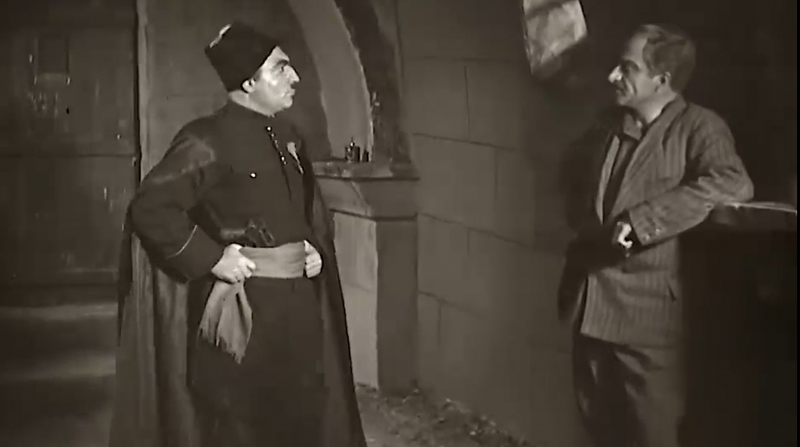
At the end of the film, with the arrival of the Red Army, the British abandon the Dashnaks and flee, and the Dashnaks betray the Russian White Army forces they had collaborated with.
The film’s director is Amo Bek-Nazarov. He is the director of the film Zare and the founder of Armenfilm Studios, also part of the screenplay team. The film’s music is by famous composer Aram Khachaturian. The film has been awarded the second-degree Stalin Prize.
Children of the Brass Band (Parni Muzkomandı), 1960
This 87-minute black-and-white comedy film has become a cult classic not only in Armenia but also throughout the USSR. The film’s lead actor, Frunzik Mkrtchyan, was one of the most famous actors in the Soviet Union.
On the eve of the establishment of Soviet rule in Armenia (December 2, 1920), Bolshevik Tsolak Darbinyan joins the brass band of the Dashnak Army as a clarinetist to conduct revolutionary activities and works with other musicians to overthrow the Dashnak regime.
The film begins by portraying the destruction and hunger created by the Dashnaks in the country. The Dashnak ministers cannot take a though stance in front of the British, who say, “We will not leave you alone against the Turkish-Bolshevik threat.” While women’s underwear is distributed as aid by the Allied to the Dashnak armies, a British official speaks from the podium: “You can trust our generosity.”
In addition, there is no order in the capital; arbitrary actions of Dashnak irregular units have exhausted the people and Dashnak bandits attack women on the streets. On the other hand the people are also fed up with endless wars.
While all this is happening, Bolshevik leaflets are being read in the brass band. The leaflet emphasizes the blood spilled by Dashnak terror and calls for an end to the disgraceful war with the Turks.
While all this is happening, Bolshevik leaflets are being read in the brass band. The leaflet emphasizes the blood spilled by Dashnak terror and calls for an end to the disgraceful war with the Turks. Similar leaflets spread to other units of the army and turn into rebellion. In one of them, it is emphasized that the hypocritical Dashnak government and its foreign owners have dragged Armenia to the brink of death.
As the film ends with the Red Army’s entry into Yerevan, the British once again abandon the Dashnaks they used as a tool and flee.
Screenwriter of the movie is Mikael Shatiryan and the director is Genrih Malyan and Genrih Markaryan.
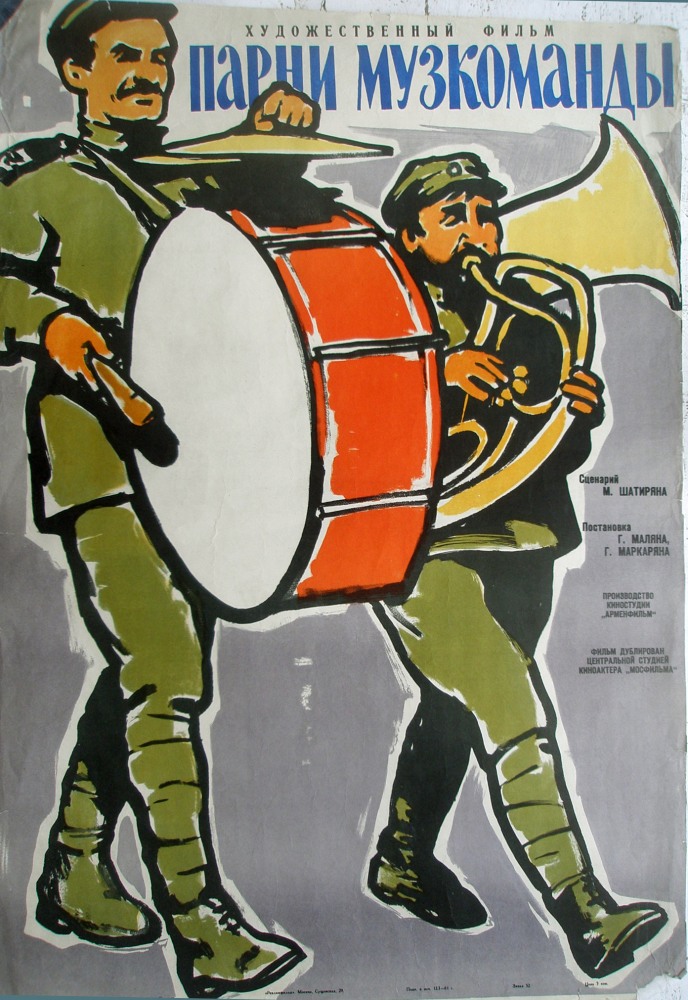
The Saroyan Brothers (Bratya Saroyan), 1968
The film is set in 1920 during the last days of the Dashnak government’s rule. The adventurous policies of the Dashnak government have led the country to complete devastation. In these circumstances, the Bolsheviks are secretly working underground to establish a Soviet power. Gayk and Gevork Saroyan, two brothers living in a city outside of Yerevan, have different allegiances: the younger one is a secret Bolshevik professional revolutionary, while the older one is a Dashnak intelligence officer. As days go by, Gevork will begin to realize that his brother is helping the Bolsheviks…
The film begins in a period when Turkish armies had arrived in Gyumri, there were shortages of soldiers and bread, young children were forcibly conscripted to fight against the Turks, people who opposed this were met with brute force, their crops were seized, and even clerics were killed, and communists were executed as traitors by firing squads.
Bolshevik Gayk comments on the conscription of children to his comrades: “The Dashnaks are not giving guns to the babies to protect the homeland, but to maintain their power. Dashnaks are not mindless; they’re playing on the sacred values of the people. Not only fools but also smart people fall into this trap.”
The two brothers slowly begin to argue with each other. During a conversation about their grandfather who was captured while holding a secret meeting against the Dashnak government, Gevork, the Dashnak intelligence officer, speaks up:
“- The Bolsheviks deceived our grandfather!
– They must have talked about land and bread, not war.
– You’re saying ‘peace, peace.’ Go and explain the peace to the Turks, let’s see if you can. They’ve come all the way to Gyumri!
– Of course, I can do it.
– It’s impossible.
– It can be done with Russia’s help. (…) Wilson deceived us with the promise of ‘Armenia from sea to sea,’ and we deceived our own people. American soldiers won’t come here to fight.”
Gayk tells his brother about the government crisis in the country and that ministers are now changing every week.
After being captured, Bolshevik Gayk will confront the Dashnaks with these words during his interrogation: “When you came to power, Armenia was 5,000 square kilometers. You wanted to make it 10,000. In two years, we became much smaller and much poorer.”
Scenes with people playing backgammon in taverns, musics, and musicians having money stuck to their foreheads are not unfamiliar to us Turks.
The Saroyan brothers are portayed by Frunze Dovlatyan and Horen Abramyan in the 102-minute black-and-white film with various awards. The film is adapted from Gurgen Boryan’s theatre play “Under the Same Roof.”
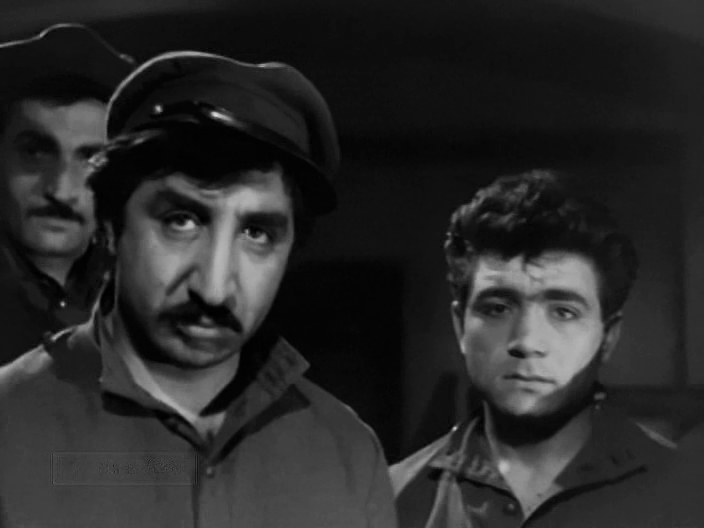
Kamo’s Last Heroic Act (Posledniy Podvig Kamo), 1973
This is the last film of the trilogy about the adventures of the Bolshevik Armenian revolutionary S. A. Ter-Petrosyan (1882-1922), better known as Kamo. Turkish revolutionaries knew Kamo mainly through Jacques Baynac’s book “Lenin’s Hitman Kamo.” Three films were made in Soviet Armenia about Kamo whom Maxim Gorky describes as “the master of the revolution”. In the last of the trilogy, following the end of the Civil War and at Lenin’s insistence, Kamo goes to study at the War Academy. Kamo has a twenty-year history of underground work, six arrests and four death sentences in his personal history. It is time to settle down, especially since he has gotten married.
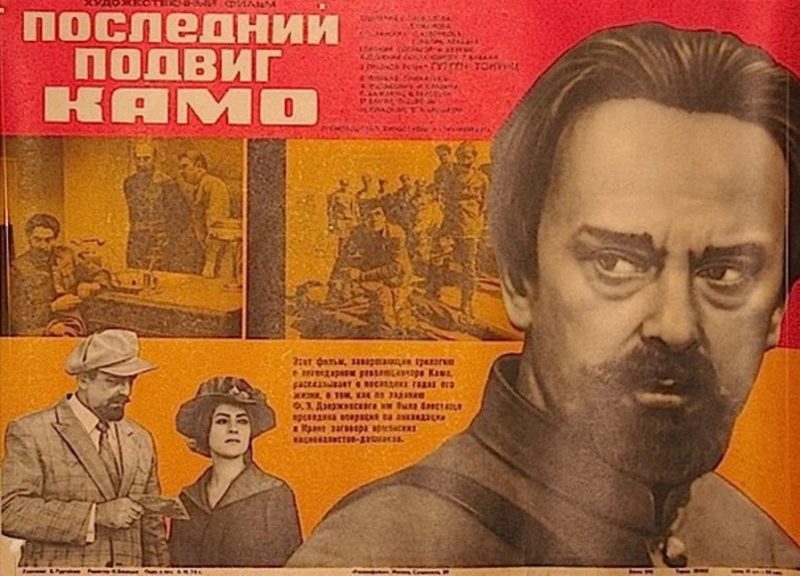
However, Kamo, true to his professional revolutionary life, cannot stay still. After the establishment of Soviet power, Dashnaks who fled to Iran are preparing a provocation against young Soviet Armenia, collaborating with White Army officers and British oil companies to gather a squad of deceived people. Assigned by Felix Dzerzhinsky, the head of the Cheka, Kamo will go to Iran in disguise to thwart the Dashnaks’ counter-revolutionary plans for South Caucasus.
In the last part of the trilogy, Kamo is portrayed by Gurgen Tonunts. The black-and-white film is 91 minutes long.
Chairman of the Revolutionary Committee (Predsedatel Revkoma), 1977
This film, like “Zangezur,” takes place during the days of the Dashnak rebellion against Soviet power in February 1921. Karen Tsangirov, the chairman of the Revolutionary Committee in a provincial town, will risk both his life and love in the struggle against the Dashnaks.
In the film, the Dashnaks’ emphasis on “Armenia from sea to sea” is highlighted, and they accuse the Bolsheviks of sacrificing the country to the Turks for the sake of the world revolution. In their meetings, the Dashnaks plan to first expel the Bolsheviks with the help of the West and then deal with the Turks.
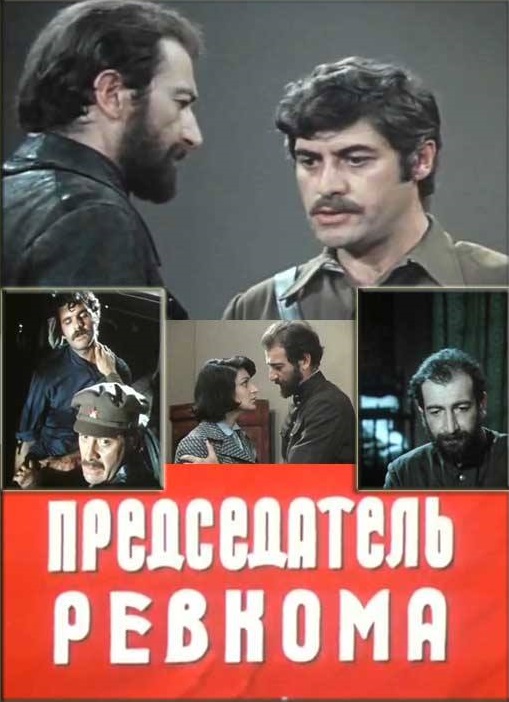
The film also mentions the Turks’ withdrawal from Gyumri at Moscow’s request.
It is directed a 94-minute color film by Genrikh Markaryan, known for “The Boys from the Band.”







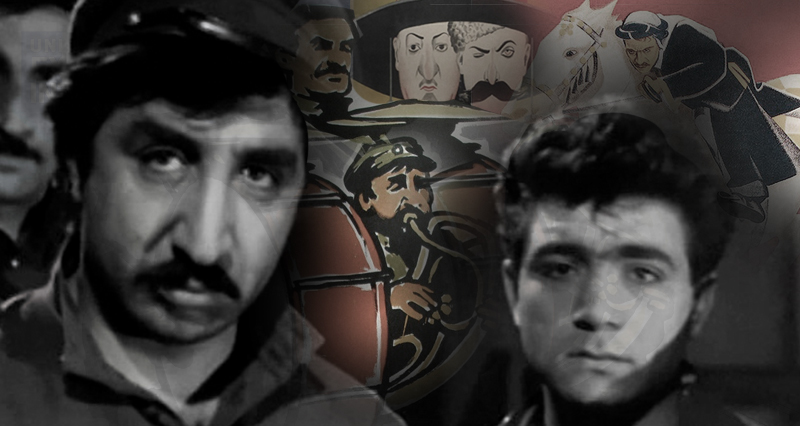









Leave a Reply